
(Source: JD Supra)
Last week’s blog included the following paragraph:
President-elect Trump’s current attitude on climate change is not much different from his 2016 attitude (see the March 14, 2017 blog). He withdrew from the Paris Agreement as soon as he could. The US rejoined the Agreement immediately after the Biden administration took over, four years later. In his recent election campaign, he promised again to withdraw from the Agreement as soon as possible. However, the Paris Agreement is now “history,” and reversing the US commitment to changing its energy sources away from fossil fuels will be much more complicated.
The question that still stands is whether or not a repeated rejection of the Paris Agreement nullifies all the related commitments that the US has made. 2030 was set as a milestone on the way to the global energy supply’s midcentury zero carbon target. The top figure of this blog summarizes those commitments in terms of the projected emissions through 2030. The details are included with the commitments of most other countries in a UN document titled “The United States of America Nationally Determined Contributions: Reducing Greenhouse Gases in the United States: A 2030 Emissions Target,” which was submitted in 2022. It is summarized in the two paragraphs below:
This submission communicates the United States’ nationally determined contribution (NDC) in line with Article 4 of the Paris Agreement. The Paris Agreement establishes a goal of holding the increase in the global average temperature to well below 2o C above pre-industrial levels and pursuing efforts to limit the temperature to 1.5o C. Climate change is an existential threat and demands bold action. Solutions exist today to reduce emissions rapidly while supporting economic growth and improving quality of life. Addressing the climate crisis requires scaling the many solutions we already have, while investing in innovation to improve and broaden the set of solutions, enabling multiple pathways to reach global net zero emissions. After a careful process involving analysis and consultation across the United States federal government and with leaders in state, local, and tribal governments, the United States is setting an economy-wide target of reducing its net greenhouse gas emissions by 50-52 percent below 2005 levels in 2030. The National Climate Advisor developed this NDC in consultation with the Special Presidential Envoy for Climate, and it was approved by President Joseph R. Biden Jr..
Deploying zero-carbon solutions in the United States will create good jobs and improve the health of our families and communities. Local air pollution reductions that come along with reaching this goal will avoid tens of thousands of premature deaths by 2030. The United States is committed to standing with the workers and communities too often left behind — people and places that have suffered as a result of economic and energy shifts – and creating well-paid employment in the low carbon economy. The United States reaffirms its commitment to the creation of decent work and quality jobs as an integral part of its efforts to combat climate change. The United States will work to ensure that our firms and workers are not put at an unfair competitive disadvantage and cooperate with allies and partners that are committed to fighting climate change. As appropriate, and consistent with domestic approaches to reduce United States greenhouse gas emissions, this includes consideration of carbon border adjustments in relation to carbon-intensive goods.
A recent publication in Bloomberg summarizes the state of the global energy transition needed to reach the 2030 targets. It lists the following topics as checkpoints for how current progress matches up to crucial 2030 targets:
I will expand below on the global progress in four out of the 9 areas that Bloomberg outlines:
Renewables
More than 130 nations agreed at COP28 in Dubai last year to triple the deployment of renewable energy by 2030. The International Energy Agency estimates that solar capacity increased about 40-fold between 2010 and 2023, as wind power expanded around six-fold. But as COP29 gets underway in Azerbaijan this week even that dizzying pace of deployment isn’t sufficient to ensure the world hits its target.
Get Big Tech to Net Zero
Promises by the world’s biggest technology companies to aggressively cut emissions — including pledges by Alphabet Inc.’s Google and Meta Platforms Inc. to hit net zero by 2030 — are being upended by the rise of artificial intelligence. While Bill Gates and others believe the technology will ultimately deliver better solutions to accelerate climate action, the need for energy-hungry data processing capacity is delaying progress in the shorter term.
Biodiversity
The first round of United Nations talks to assess progress since the Kunming-Montreal pact was signed in 2022 fell apart earlier this month in Colombia after nations failed to agree on how to raise more funds for nature. Parties at the 16th UN Biodiversity Conference nonetheless managed to agree on a new process to identify marine areas most in need of protection — a development that’s expected to spur progress toward meeting the goal.
Banks
Major banks need to improve the flow of sustainable finance
A recent publication by Yale Climate Connection makes the cautious statement that we are approaching an irreversible global turning point in the energy transition, toward carbon-free emissions:
While global emissions have yet to reach a clear “peak” – the point at which carbon pollution stops rising and eventually shifts to a consistent decline – there are signs that this turning point could be on the horizon. The rapid deployment of clean technologies like solar panels and electric vehicles (EVs) may help accelerate this shift, although much faster progress will be needed to avoid the worst impacts of climate change.
These global trends have urgent implications for our climate, economies, and ecosystems. To understand what’s behind this year’s record highs and what they signal
The guarded optimism in the Yale publication faces a clear test with the coming second term of the Trump administration. I have chosen two publications that address this. One is from Rick Perry, who served as the Energy Secretary during the first Trump presidency. He suggests that unlike in his first term, President Trump will not try to take the US out of the energy transition, but instead, will try to be the president of “all of the above.” Below are the key paragraphs that outline this approach:
NPR: Under Trump, an ‘all of the above’ energy policy is poised for a comeback
President-elect Donald Trump talks a lot about “unleashing American energy” — specifically oil, which he likes to call “liquid gold.”
And based on his nominees for key energy posts, there’s every indication that a Trump administration 2.0 will actively promote oil and natural gas.
Trump wants to ‘Drill, baby, drill.’ What does that mean for climate concerns?
But another phrase is popping up a lot right now in Republican circles: “All of the above.” Trump’s pick for “energy czar,” who has a history of supporting both oil and renewables, has been described as an “all-of-the-above energy governor.” A key Republican in Congress hopes that Chris Wright, Trump’s choice to be the new secretary of energy and a believer in fracking, nuclear and geothermal energy, will support “an all-of-the-above energy policy.” Statement after statement, story after story. Even the summer before the election, the phrase was reportedly the talk of the Republican National Convention.
From the Austin American Statesman:
We cannot just walk away from renewables, but we can adopt an “all-of-the-above” energy strategy incorporating renewable and nonrenewable resources. This approach includes the responsible development of energy sources such as wind, solar, oil, natural gas and coal.
As governor of Texas, I championed wind power, making Texas the largest wind energy producer in the nation. I led the development of the Competitive Renewable Energy Zones (CREZ) program, a $7 billion investment in infrastructure that brought wind power from rural West Texas to major cities. The program created thousands of jobs, lowered electricity rates and reduced emissions.
Furthermore, during my tenure as Energy Secretary under President Trump, we pursued a genuine “all-of-the-above” energy strategy. We led the world in oil and gas production, achieved energy independence and simultaneously reduced carbon emissions. This was accomplished not by favoring one energy source over another but by maximizing all our resources — including nuclear power, which remains a zero-emission source of reliable energy.
With the next two blogs, I will try to celebrate the upcoming new year with my description of a “happy ending” of our global sustainability strides that would include much more than an energy transition.

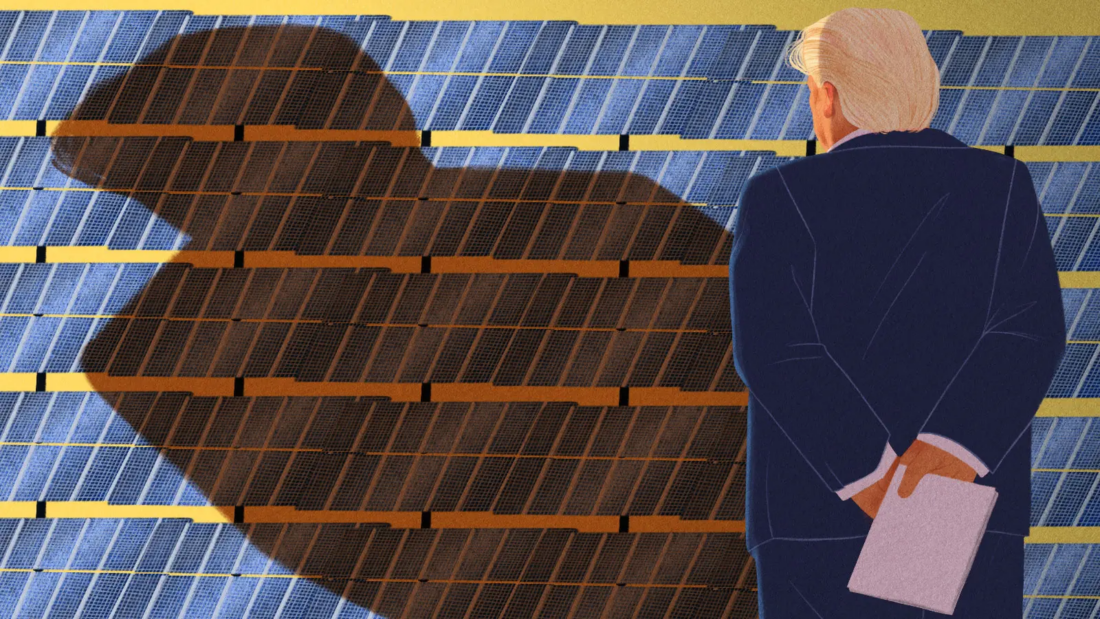 (Source:
(Source: 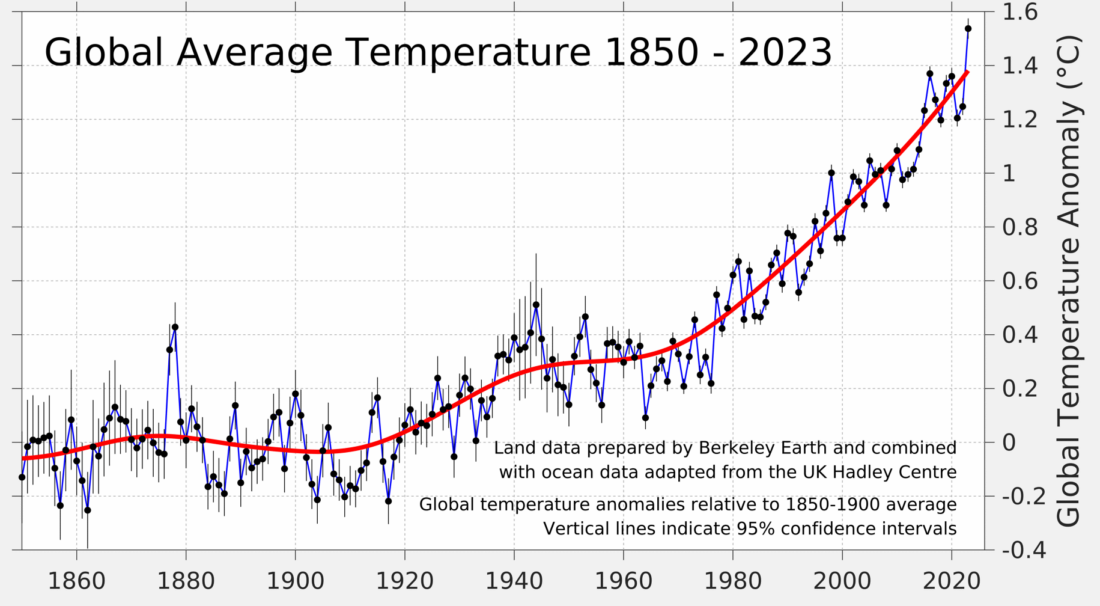
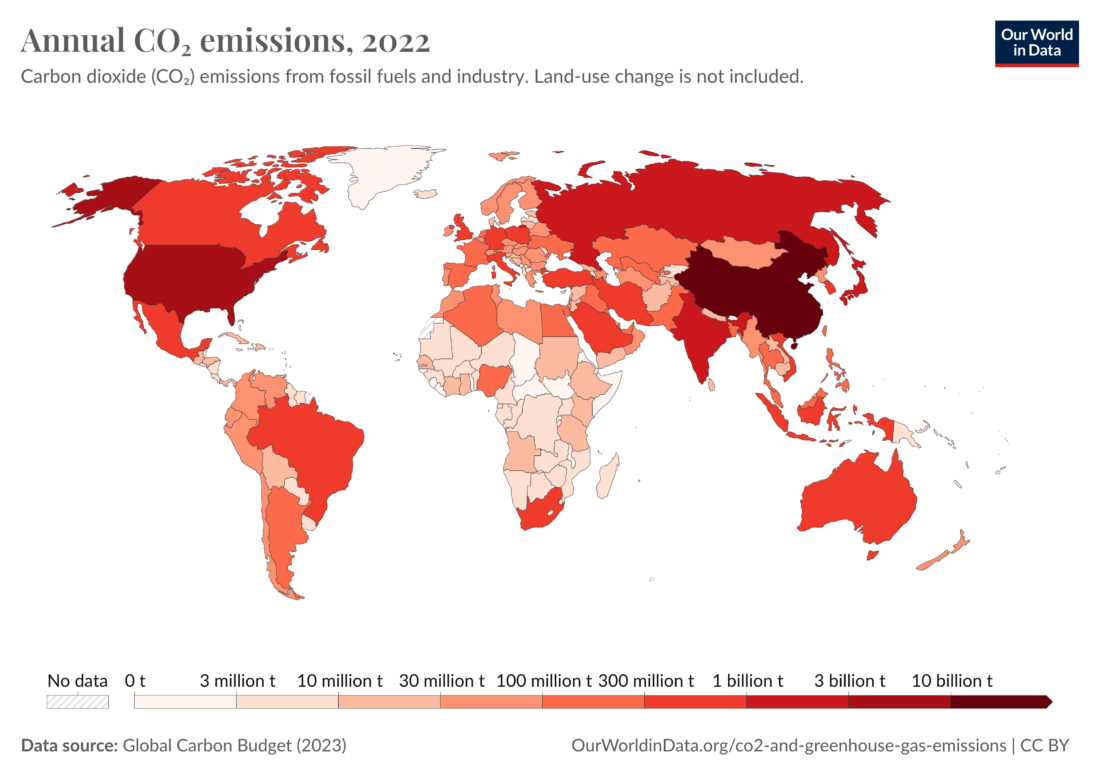 Figure 2 – Map of global emissions (Source:
Figure 2 – Map of global emissions (Source: 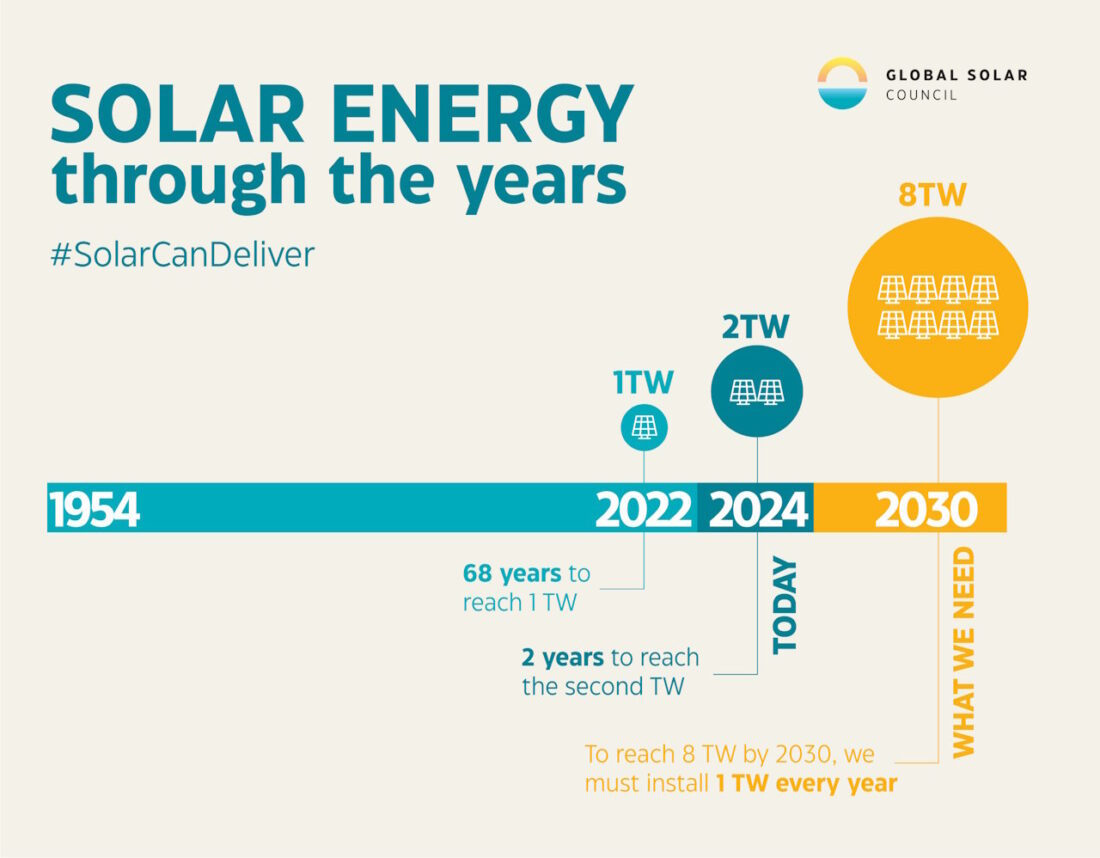 Figure 3 – Solar energy delivery capacity (Source:
Figure 3 – Solar energy delivery capacity (Source: 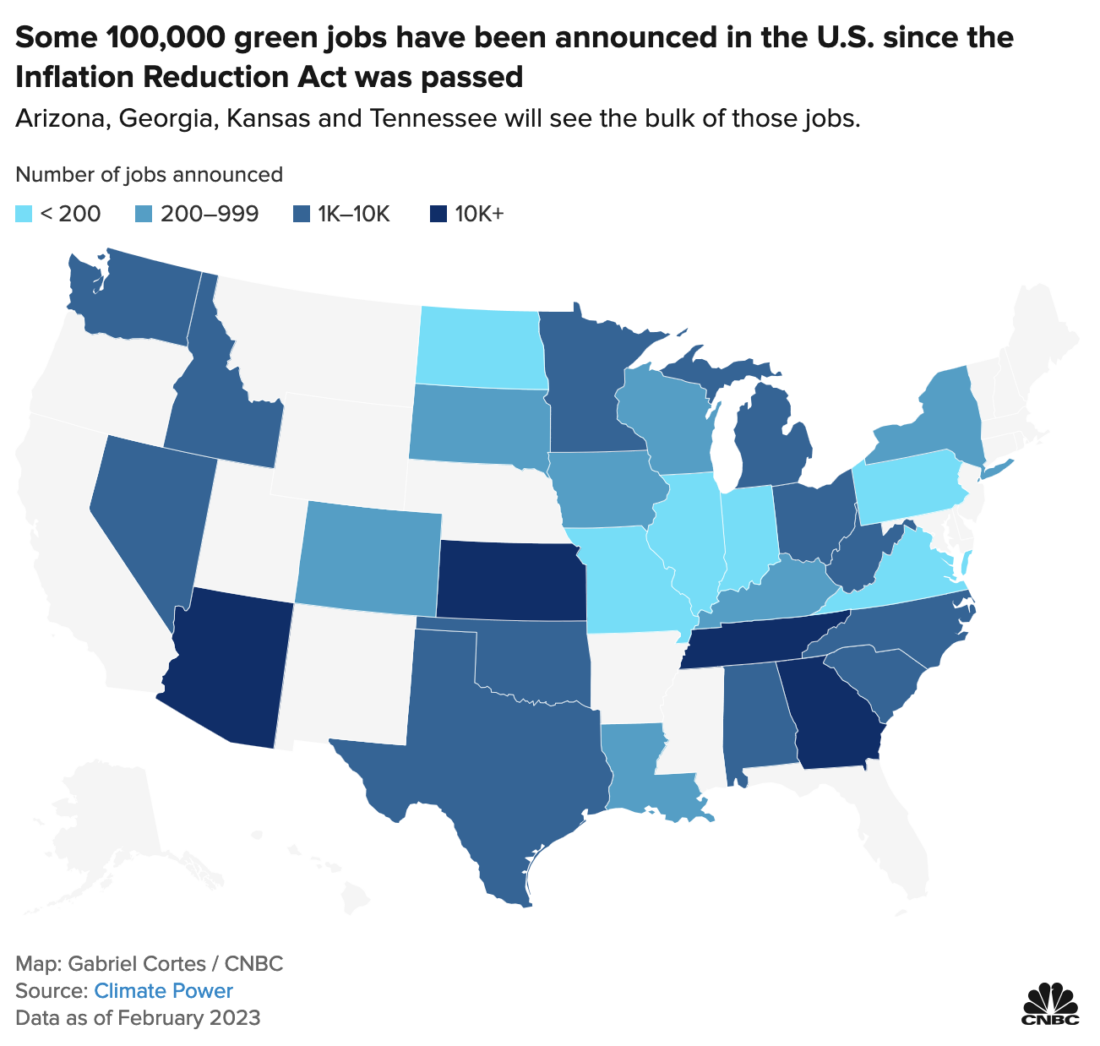
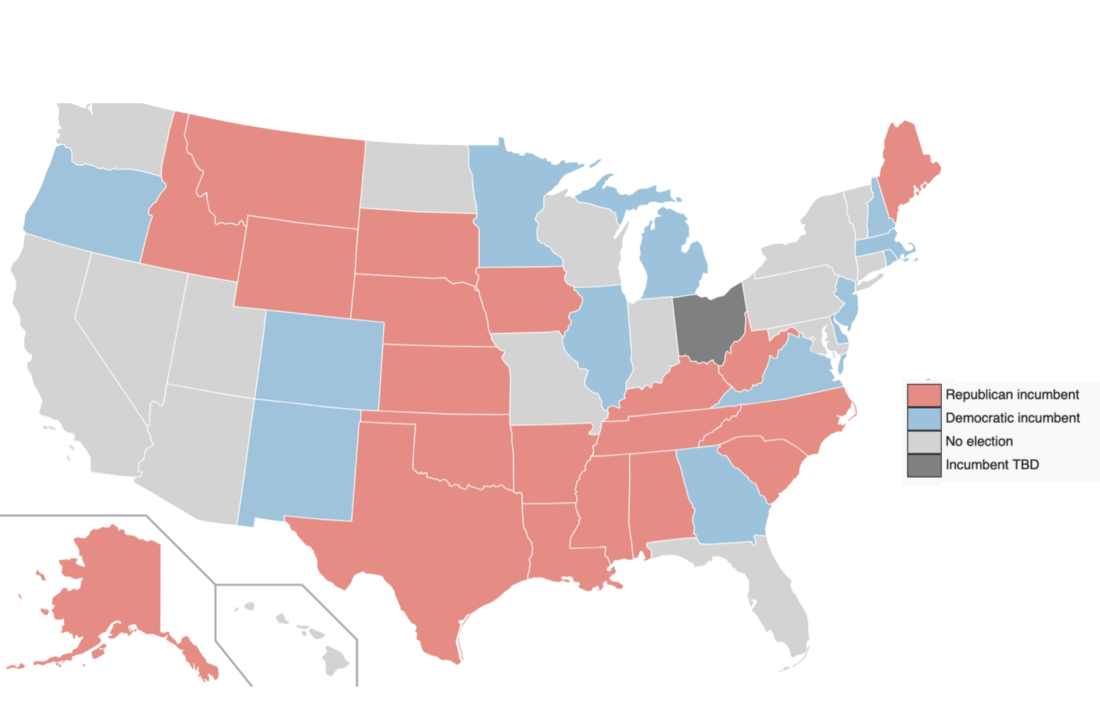
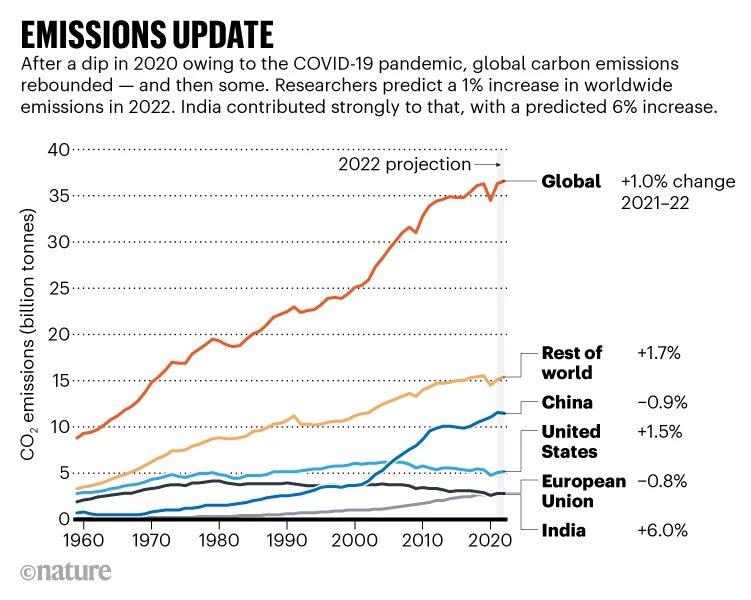
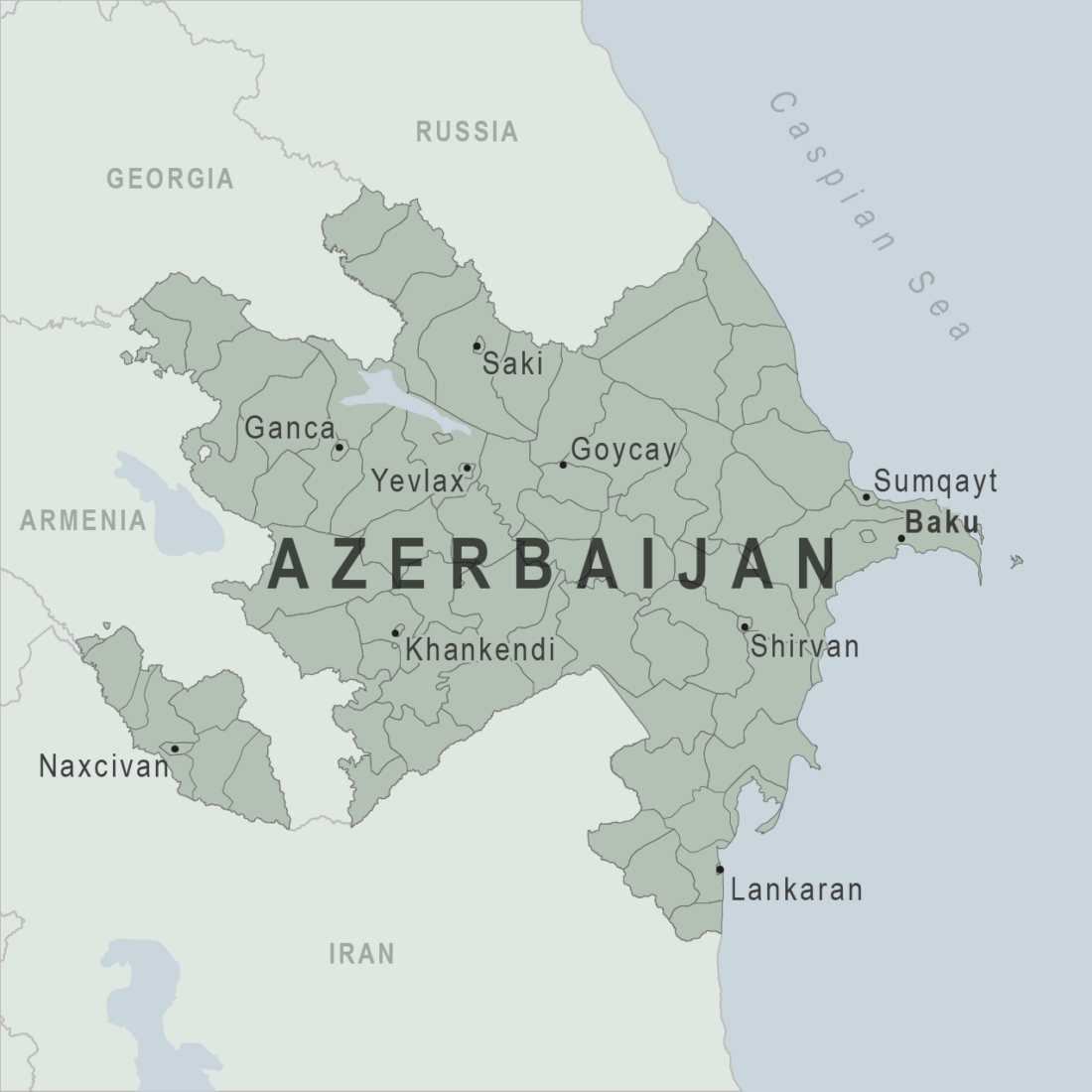

 Figure 3 – UAE (United Arab Emirates) products export (Source:
Figure 3 – UAE (United Arab Emirates) products export (Source: 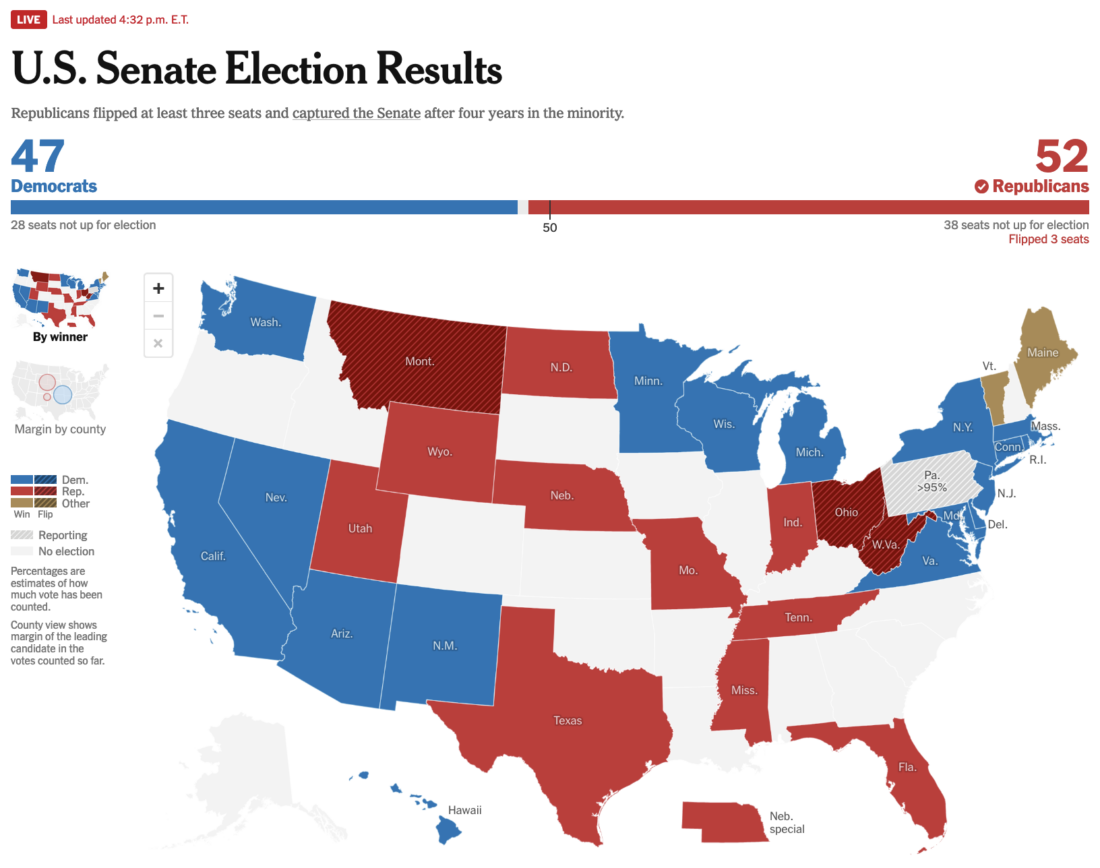
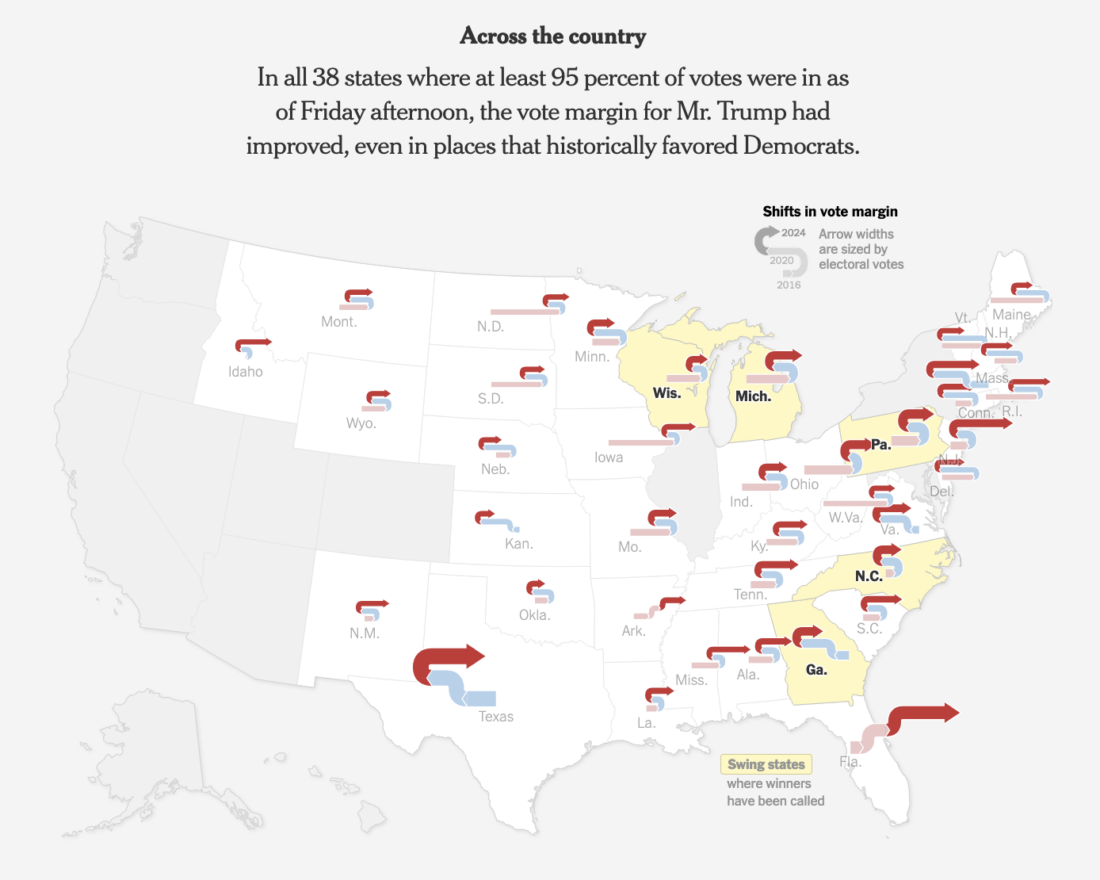


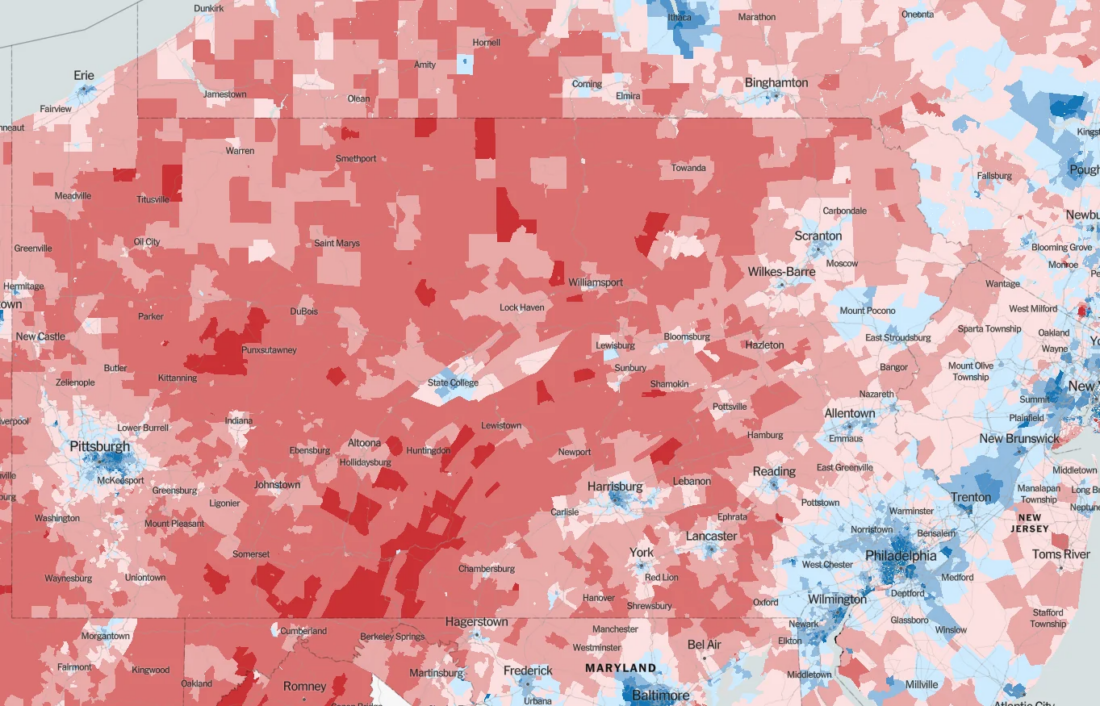
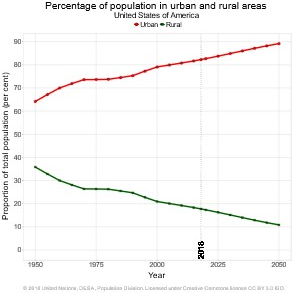
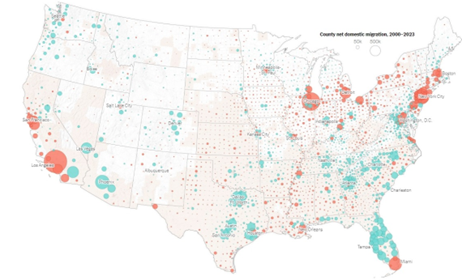

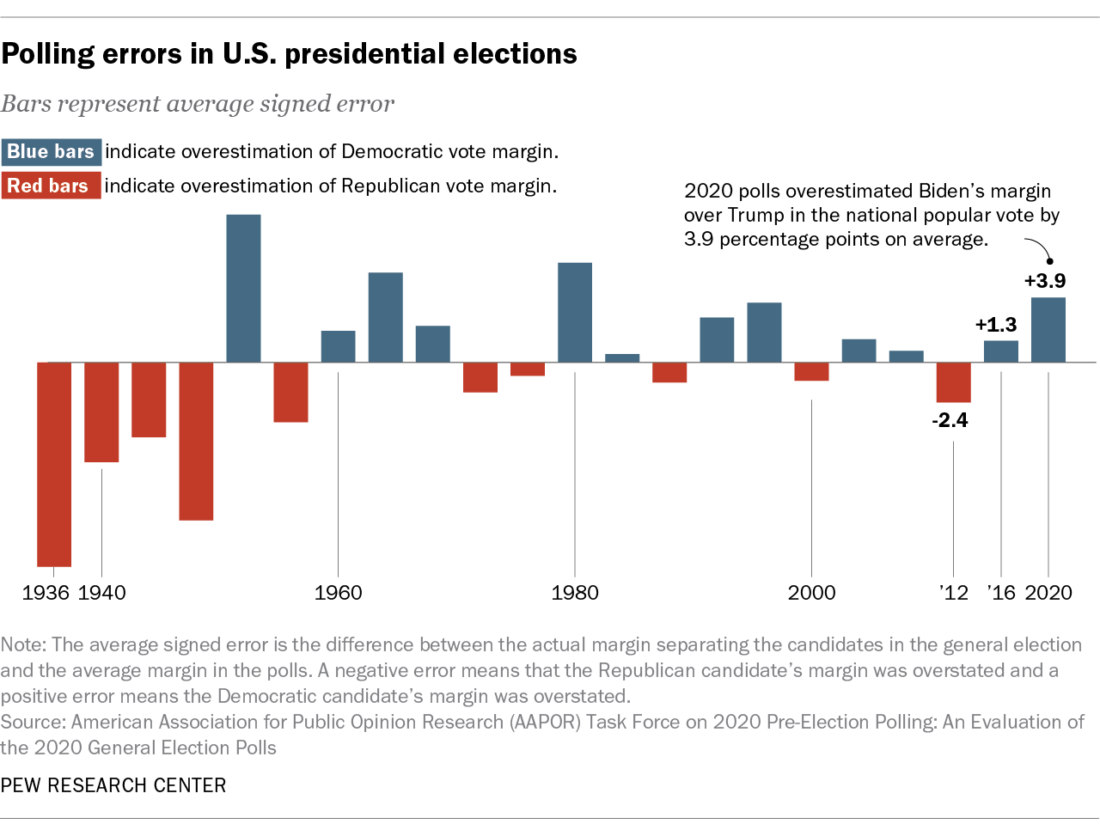
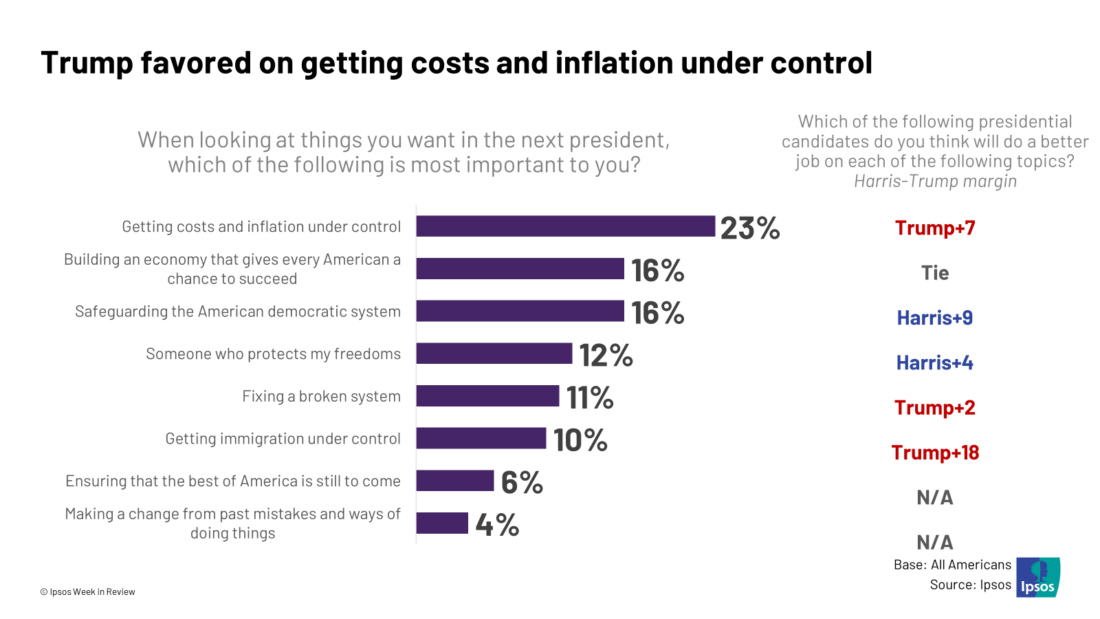
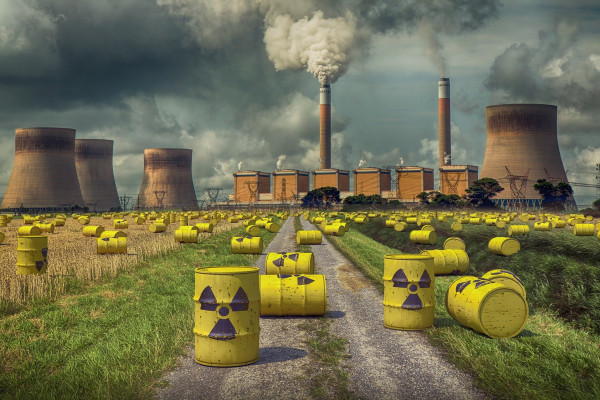
 (Source:
(Source: